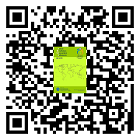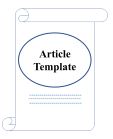Abstract
Background: In Indonesia, helminthiasis prevalens especially of soil transmitted helminths (STH) is still high. Natural based school takes natural environment as classroom dan laboratory, and uses outbond as character building method. In contrast to non-natural school, that spends 60% of their learning time in classroom. Objective: This research determines any risks of the intestinal helminth eggs exposure in nails and feces of natural and non-natural of elementary school students. Method: This research is explanatory research with Cross Sectional design and survey method. Data obtained by interview and intestinal helminth eggs check in nails and feces. Samples were taken from two schools is as many as 47 student. Independent variables are activity, condition of nails, and habits of helmintic medicine. Then, dependent variable is existence of the intestinal helminth eggs. This research used Chi-Square in data analysis. Results: As many as 29,8% of total samples were found the intestinal helminth eggs in feces. Whereas in nail check, was found the intestinal helminth eggs as many as 12,8%. There were correlation between the nails condition and the intestinal helminth eggs in nails (p = 0,006 OR: 17,778) and (p = 0,000 OR: 18,125) in feces and helminitic medicine and the intestinal helminth eggs (p = 0,043 OR: 1,560), while sex is not associated with the intestinal helminth eggs in nails (p = 0,221 OR: 0,232) and in feces (p = 0,347 OR: 0,425). Conclusion: Existence of the intestinal helminth eggs in nails and feces is more determined by nail conditions that are not particularly clean.
Keywords
wormy, nail conditions, fece.
------------------------------------------------------------------------------------------------------------------------------------------------------------------------------------














